What can I plant under tall hemlock that's part shade and dry?
Mj
11 years ago
Featured Answer
Comments (27)
ken_adrian Adrian MI cold Z5
11 years agoMj
11 years agoRelated Professionals
La Marque Landscape Architects & Landscape Designers · Byram Landscape Contractors · Hayward Landscape Contractors · Laguna Hills Landscape Contractors · Middletown Landscape Contractors · Milford Landscape Contractors · Riverview Landscape Contractors · San Bruno Landscape Contractors · San Pedro Landscape Contractors · Southbury Landscape Contractors · Tehachapi Landscape Contractors · Waltham Landscape Contractors · Washington Landscape Contractors · Forest Hill Landscape Contractors · Ansonia Landscape ContractorsMarie Tulin
11 years agosquirejohn zone4 VT
11 years agoMj
11 years agocalistoga_al ca 15 usda 9
11 years agomad_gallica (z5 Eastern NY)
11 years agoMj
11 years agogreenthumbzdude
11 years agotsugajunkie z5 SE WI ♱
11 years agosquirejohn zone4 VT
11 years agoken_adrian Adrian MI cold Z5
11 years agowhitecap
11 years agoMj
11 years agoMj
11 years agotsugajunkie z5 SE WI ♱
11 years agodaberman99
8 years agomagpiepix 5b/6a
8 years agolast modified: 8 years agolaceyvail 6A, WV
8 years agoFrank R Kennedy & Son Construction
4 years agoRoyal Kennedy
4 years agoCJ Wents
4 years agokitasei
4 years agoMj
4 years agogardengal48 (PNW Z8/9)
4 years agokitasei
4 years ago
Related Stories
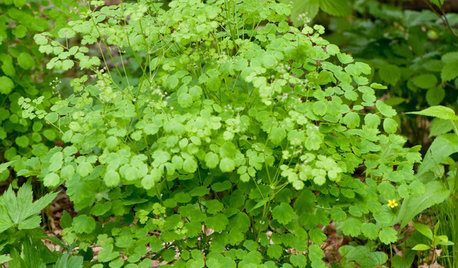
GARDENING GUIDESGreat Design Plant: Thalictrum Dioicum Thrives in Dry Shade
Plant early meadow-rue in eastern U.S. woodland gardens for its tolerance of dry sites and shade
Full Story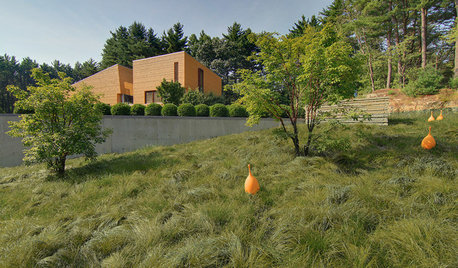
FLOWERS AND PLANTSCarex Pensylvanica Fills the Void in Dry Shade Gardens
Plant Pennsylvania sedge in eastern U.S. woodlands or dry shade gardens for spring flowers and softly textured bright green leaves
Full Story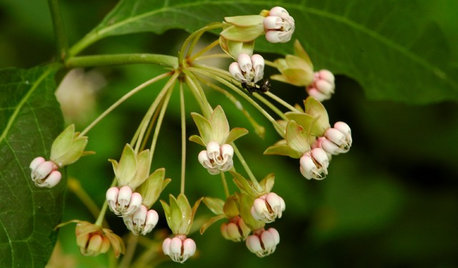
GARDENING GUIDES5 Unsung Wildflowers That Thrive in Dry Shade
Turn shady problem spots into garden idylls with with these prolific, easy-care bloomers
Full Story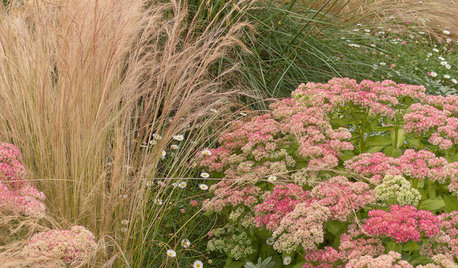
GARDENING GUIDESGreat Garden Combo: 3 Soft-Looking Plants for a Dry Climate
Weave a romantic tapestry with this drought-tolerant combination of plants as tough as they are lovely
Full Story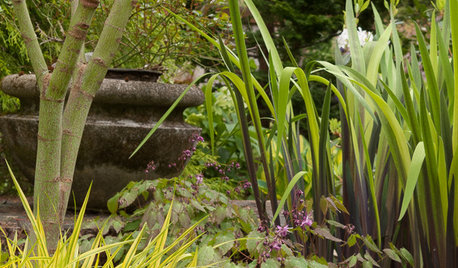
PLANTING IDEASA Great Spring Plant Combo for Dappled Shade
Time these ephemeral beauties right to watch them play off one another under a canopy of deciduous trees
Full Story
GARDENING GUIDES6 Native Ground Covers for Tough, Dry Spots
Sun beating down on your sandy gravel? Thick shade darkening your clay soil? There’s a ground cover here for you
Full Story
GARDENING GUIDESYes, You Can Grow Food in a Shady Yard
Your shady garden doesn’t have to be forever barren. Berries, herbs and other shade-loving plants can produce a delicious bounty
Full Story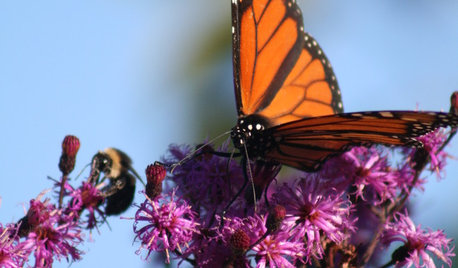
GARDENING GUIDESGreat Design Plant: Ironweed Fills Tall Garden Orders
Height, a slender form and a taste for wet soil make this native perfect for rain garden borders — and beneficial insects love it
Full Story
GARDENING GUIDESPrunus Virginiana Thrives Under Deciduous Trees
Plant chokecherry for showy white flowers favored by native bees in spring, and to provide nesting habitat and food for birds
Full Story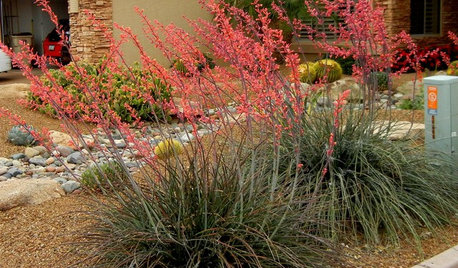
GARDENING FOR BUTTERFLIESGreat Design Plant: Red Yucca Spikes Dry Spots With Color
Neither heat nor cold nor lack of water fazes this flowering succulent, which adds spiky texture to Southwestern landscapes
Full StoryMore Discussions






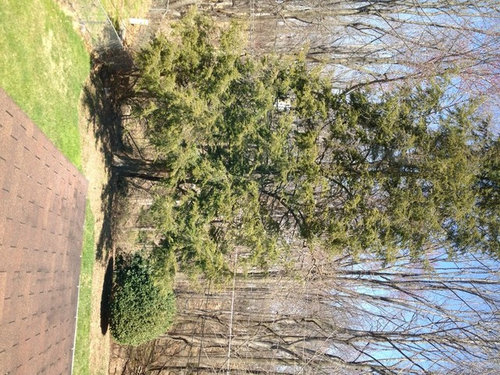
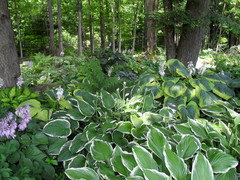
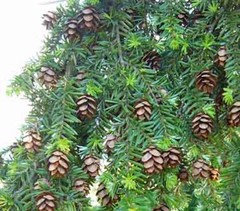
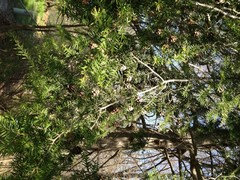
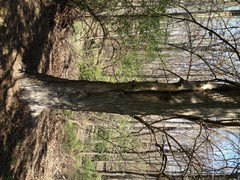

tsugajunkie z5 SE WI ♱